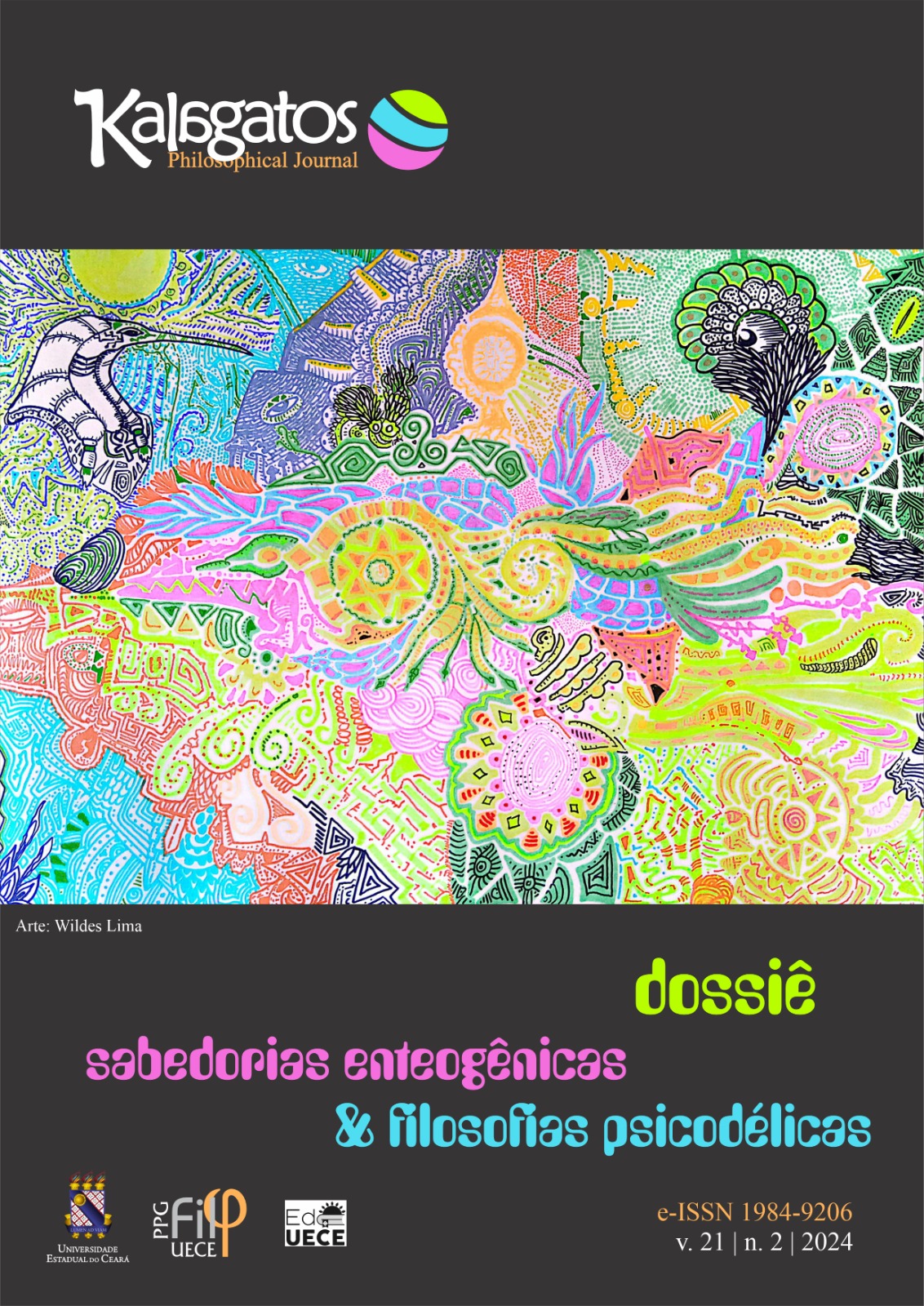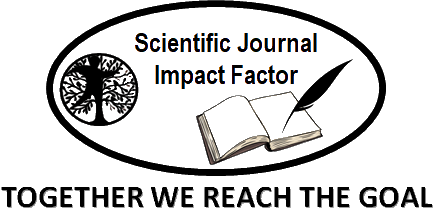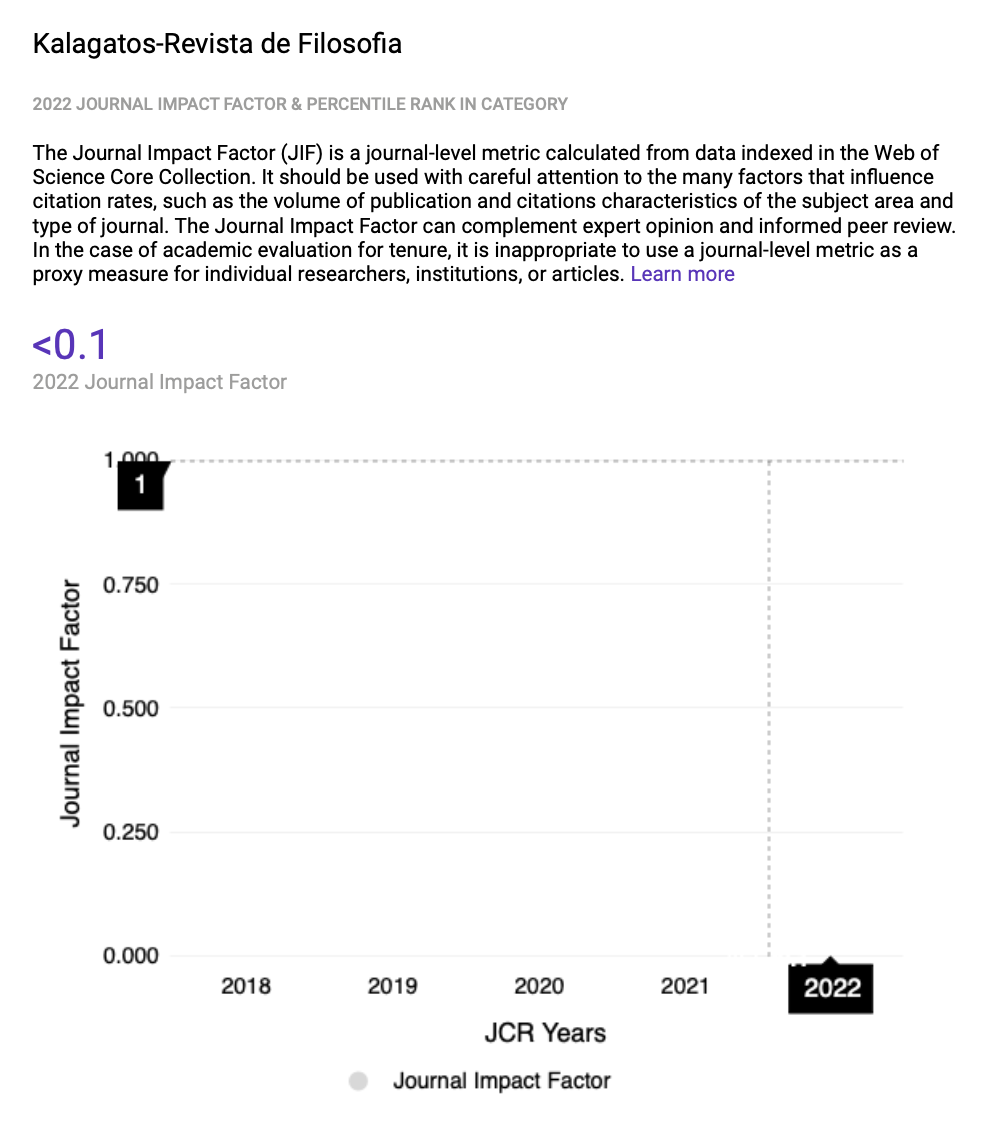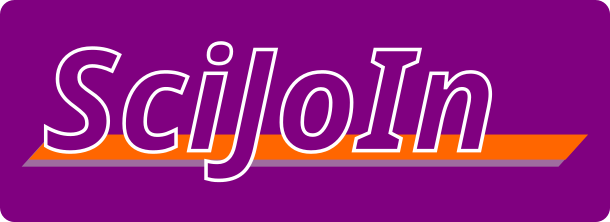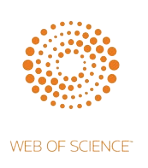O Inconsciente Tânato-Vitalista: Quase-Morte e Experiências Conectivas na Medicina Ancestral Amazônica
Schlagworte:
Xamanismo, Tanatologia, Medicina Psicodélica, Inconsciente, AcontecimentoAbstract
Recentemente, pesquisas científicas têm destacado semelhanças notáveis entre alguns eventos de quase-morte e as experiências místicas vivenciadas em rituais de cura. Encontros anomalísticos, experiências de quase morte, tecnologias relacionais e linhas de encantamento são alguns dos elementos que constituem as práticas tradicionais da medicina ancestral amazônica. Os potenciais de cura dessas práticas são, entretanto, indissociáveis da cosmovisão ameríndia e do “acontecimento psicodélico” durante a experiência de transe. O presente estudo pretende problematizar as experiências conectivas dos rituais de cura da Amazônia indígena, a partir da noção de “inconsciente tânato-vitalista”.
Downloads
Literaturhinweise
BEAUREGARD, Mario; COURTEMANCHE, Jérôme; PAQUETTE, Vincent. Brain activity in near-death experiencers during a meditative state. Resuscitation, v. 80, n. 9, p. 1006-10, 2009.
BIANCO, Simone; SAMBIN Marco; PALMIERI, Arianna. Meaning making after a near-death experience: The relevance of intrapsychic and interpersonal dynamics. Death Stud, 41, 9, p. 562-573, 2017.
BRAGA, Paula. Helio Oiticica: singularidade, multiplicidade. São Paulo: Fapesp, 2013.
BRÉHIER, Émile. A teoria dos incorporais no estoicismo antigo. Belo Horizonte: Ed. Autêntica, 2012.
CAMPOLINA, Alessandro Gonçalves. Paradoxo e medo da morte: dimensões tanatológicas na obra de Soren Kierkegaard. Revista Espaço Acadêmico, 15, 179, p. 44-51, 2016.
CAMPOLINA, Alessandro Gonçalves. Anomalística e o sentido de quase morte no uso de ayahuasca na terapêutica. LUGAR COMUM, Rio de Janeiro, n. 54, JULHO 2019. P. 163-172.
CARLINI, Elisaldo de Araújo. A. Plants and the central nervous system. Pharmacol Biochem Behav, 75, 3, p.501-12, 2003.
CRANDALL, Jordan. Anotações sobre o Parangolé. In: BRAGA, Paula (Org.) Fios soltos: a arte de Hélio Oiticica. São Paulo: Perspectiva, 2008.
DELEUZE, Gilles. Lógica do Sentido. São Paulo: Ed. Perspectiva, 2015.
DOMÍNGUEZ-CLAVÉ, Elisabet.; SOLER, Joaquim; ELICES, Matilde; PASCUAL, Juan; ÁLVAREZ, Enrique; DE LA FUENTE REVENGA, Mario; FRIEDLANDER, Pablo; FEILDING, Amanda; RIBA, Jordi. Ayahuasca: Pharmacology, neuroscience and therapeutic potential. Brain Res Bull, 126, 1, p. 89-101, 2016.
FRECSKA, Ede; BOKOR, Petra; WINKELMAN, Michael. The Therapeutic potentials of ayahuasca: Possible effects against various diseases of civilization. Front. Pharmacol, 2, 7, p. 35, 2016.
GROB, Charles S..; MCKENNA, Dennis J.; CALLAWAY, James C.; BRITO, Glacus .S.; NEVES, Edison S.; OBERLAENDER, Guilherme; SAIDE, Oswaldo L.; LABIGALINI, Eliseu; TACLA, Cristiane; MIRANDA, Claudio T.; STRASSMAN, Rick J.; BOONE, Kylle B. Human psychopharmacology of hoasca, a plant hallucinogen used in ritual context in Brazil. J Nerv Ment Dis, 184, 2, p.86-94, 1996. doi: 10.1097/00005053-199602000-00004. PMID: 8596116.
IKA MURU, Agostinho Manduca Mateus. Uma Isi Kayawa: Livro da cura do povo huni kuin do Rio Jordão. Rio de Janeiro: Dantes Ed., 2014.
JANSEN, Karl. Near death experience and the NMDA receptor. BMJ, 298, 6689, p. 1708, 1989.
JUDSON, I.R.; WILTSHAW, E. A near-death experience. Lancet, september 3, p. 561-2, 1983. doi: 10.1016/s0140-6736(83)90582-2.
KHANNA, Surbhi; GREYSON, Bruce. Near-death experiences and spiritual well-being. J Relig Health, 53, 6, p. 1605-15, 2014.
LIESTER, Mitchell B. Near-death experiences and ayahuasca-induced experiences - two unique pathways to a phenomenologically similar state of consciousness. Journal of Transpersonal Psychology, 45, 1, p. 24-48, 2013.
LÓPEZ, Ingrid Tartakowsky. Aprender a morir: el espíritu de la ayahuasca. Fármakon – La Diaria, 2016. Disponível em: http://farmakon.ladiaria.com.uy/aprender-a-morir-el-espiritu-de-la-ayahuasca/. Acesso em 22 de abril de 2024.
MARTIAL, Charlotte; CASSOL, Héléna; ANTONOPOULOS, Georgios; CHARLIER, Thomas; HEROS, Julien; DONNEAU, Anne-Françoise.; CHARLAND-VERVILLE, Vanessa; LAUREYS, Steven. Temporality of Features in Near-Death Experience Narratives. Front Hum Neurosci, 13, 11, p. 311, 2017.
MCKENNA, Dennis J. Clinical investigations of the therapeutic potential of ayahuasca: rationale and regulatory challenges. Pharmacol Ther, 102, 2, p. 111-29, 2004. doi: 10.1016/j.pharmthera.2004.03.002.
OWENS, Justine E.; COOK, Emily W.; STEVENSON, Ian. Features of "near-death experience" in relation to whether or not patients were near death. Lancet, 336, 8724, p. 1175-7, 1990.
OWENS, Justine E.; COOK, Emily W.; STEVENSON Ian. Near-death experience. Lancet, 337, 8750, p. 1167-8, 1991. doi: https://doi.org/10.1016/0140-6736(91)92840-X
PALMIERI, Arianna; CALVO, Vincenzo; KLEINBUB, Johann R.; MECONI, Federica; MARANGONI, Matteo; BARILARO, Paolo; BROGGIO, Alice; SAMBIN, Marco; SESSA, Paola "Reality" of near-death-experience memories: evidence from a psychodynamic and electrophysiological integrated study. Front Hum Neurosci, 19, 8, p. 429, 2014.
PENNACHIO, John. Near-death experience as mystical experience. J Relig Health, 25, 1, p. 64-72, 1986.
REICHERT, Maiquel Cristian. Deleuze, educação e acontecimento: um percurso rizomático. Kalagatos, 20, 1, 2023. doi: https://doi.org/10.23845/.
SLEUTJES, Adriana; MOREIRA-ALMEIDA, Alexander; GREYSON, Bruce. Almost 40 years investigating near-death experiences: an overview of mainstream scientific journals. J Nerv Ment Dis, 202, 11, p. 833-6, 2014.
TIMMERMANN, Christopher.; ROSEMAN, Leor; WILLIAMS, Luke; ERRITZOE, David; MARTIAL, Charlotte; CASSOL, Héléna; LAUREYS, Steven.; NUTT, David; CARHART-HARRIS, Robin. DMT Models the Near-Death Experience. Front. Psychol, 9, 15, p. 1424, 2018.
VAN GORDON, William; SHONIN, Edo; DUNN Thomas J.; SHEFFIELD, David; GARCIA-CAMPAYO, Javier; GRIFFITHS, Mark D. Meditation-Induced Near-Death Experiences: a 3-Year Longitudinal Study. Mindfulness (N Y), 9, 6, p. 1794-1806, 2018.
Downloads
Veröffentlicht
Zitationsvorschlag
Ausgabe
Rubrik
Lizenz
Copyright (c) 2024 Alessandro Gonçalves Campolina

Dieses Werk steht unter der Lizenz Creative Commons Namensnennung 4.0 International.
